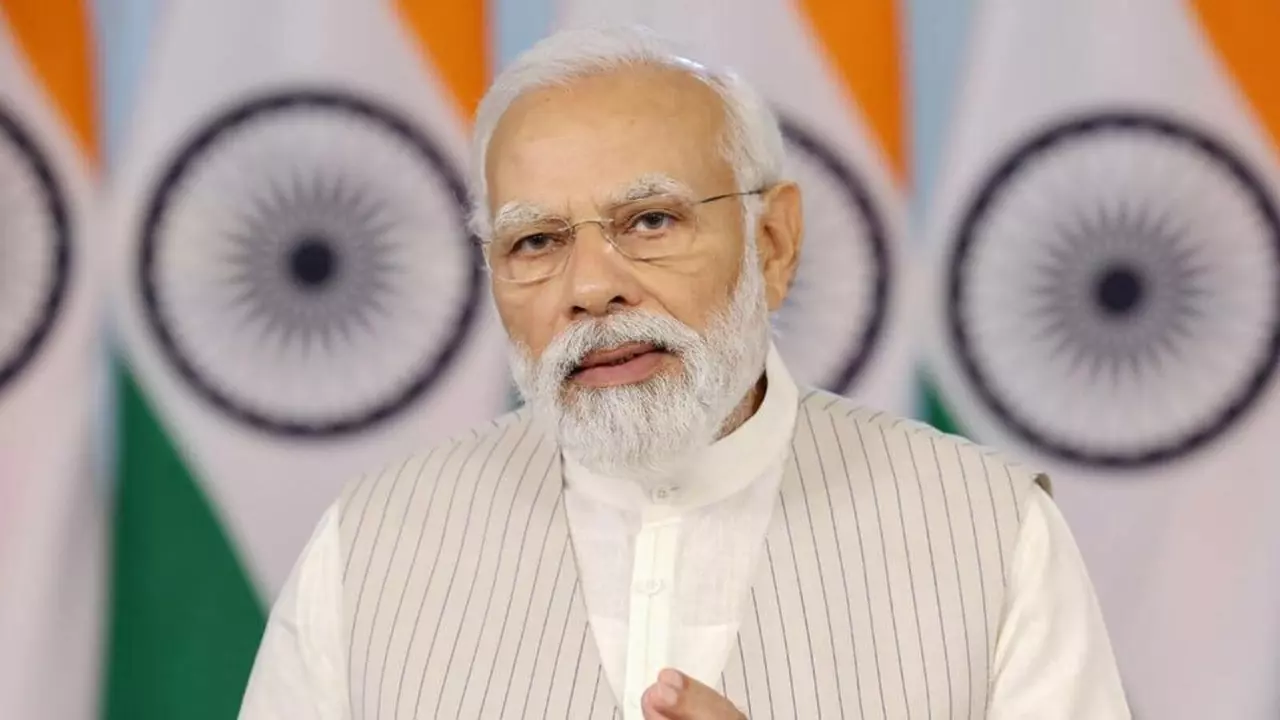Next Prime Minister: Who Could Lead India?
India’s next prime minister will shape the country’s direction for years. With elections on the horizon, many wonder which name will appear on the ballot and what that leader will prioritize. In this guide we break down the most talked‑about contenders, the factors that could swing the vote, and what a new PM might actually do once in office.
Who’s in the Running?
Right now the biggest names are coming from the two national parties. On the BJP side, senior leaders like Rajnath Singh and Priyanka Gandhi Vadra are often mentioned as potential successors or rivals, depending on the political climate. Singh, the current defence minister, has a long parliamentary record and is seen as a steady, no‑nonsense type. On the Congress side, leaders such as Rahul Gandhi and regional heavyweights like Ashok Gehlot keep the conversation alive.
Don’t forget the regional parties. The Aam Aadmi Party (AAP) in Delhi, led by Arvind Kejriwal, has gained a national profile after its state‑level successes. If AAP decides to go national, Kejriwal could become a surprise contender. Similarly, the Trinamool Congress’s Mamata Banerjee and the Shiv Sena’s Uddhav Thackeray have hinted at broader ambitions.
Another angle many forget: several past prime ministers started as chief ministers. Narendra Modi’s rise from Gujarat CM to PM shows that state leadership can be a launchpad. Former PMs like Atal Bihari Vajpayee and P.V. Narasimha Rao also held state-level roles before moving to the centre. Keep an eye on current chief ministers who are gaining a national following – they could be the next big players.
What a New Leader Could Change
If the next PM comes from the BJP, you can expect a continuation of the “Make in India” push, stronger ties with the private sector, and a focus on national security. Expect more digital initiatives and a push for self‑reliance in technology. On the other hand, a Congress‑led government would likely shift resources toward social welfare, health, and education, and might roll back some of the recent economic reforms.
Regional parties in power tend to champion decentralisation. That could mean more funds flowing to states, greater autonomy for local governments, and a slower, more negotiated approach to big‑ticket projects. The government’s stance on foreign policy could also shift – a PM with a strong defence background may prioritize border security, while one with a diplomatic track record could focus on trade deals and climate commitments.
Finally, the real impact comes from how the next leader handles coalition politics. India’s fractured parliament often forces PMs to negotiate with smaller parties. A skilled negotiator could secure stable governance, while a leader who struggles with coalition dynamics may face frequent gridlock.
Regardless of who wins, the next prime minister will need to address pressing issues: unemployment, inflation, and climate change. Voters are watching closely, and the candidate who connects with everyday concerns – like rising food prices or job security – will have the edge. Stay tuned, keep an eye on party manifestos, and watch how regional leaders position themselves on the national stage. The race is on, and the next prime minister could be someone you never expected.

Who will be the next Prime Minister of India in 2023?
As a blogger, I've been following the political landscape of India quite closely, and the question of who will be the next Prime Minister in 2023 is definitely on everyone's mind. There have been many speculations and potential candidates, but it's still too early to say for certain. Some possibilities include Narendra Modi seeking re-election or perhaps Rahul Gandhi stepping up as a contender from the opposition. However, we may also see new faces emerging from regional parties to challenge the status quo. Ultimately, the 2023 elections will be a fascinating and crucial event, and I'm excited to see how it all unfolds.
- Sports (7)
- Legal News (2)
- Business (2)
- News and Media (1)
- Food Safety (1)
- Politics and Government (1)
- Travel and Food (1)
- Culture & Lifestyle (1)
- Politics & Government (1)
- Marketing (1)
-
Supreme Court nod to get African cheetah to India?
27 Jan 2023 -
Is Indian media biased?
27 Jan 2023 -
Supreme Court to hear bail plea of activist Navlakha today?
13 Mar 2023 -
What are the pros and cons of living in New Zealand?
31 Jan 2023 -
How good is the camera section of the Infinix Note 12 Pro?
23 Jan 2023
30.04.23
Aarav Chatterjee
0